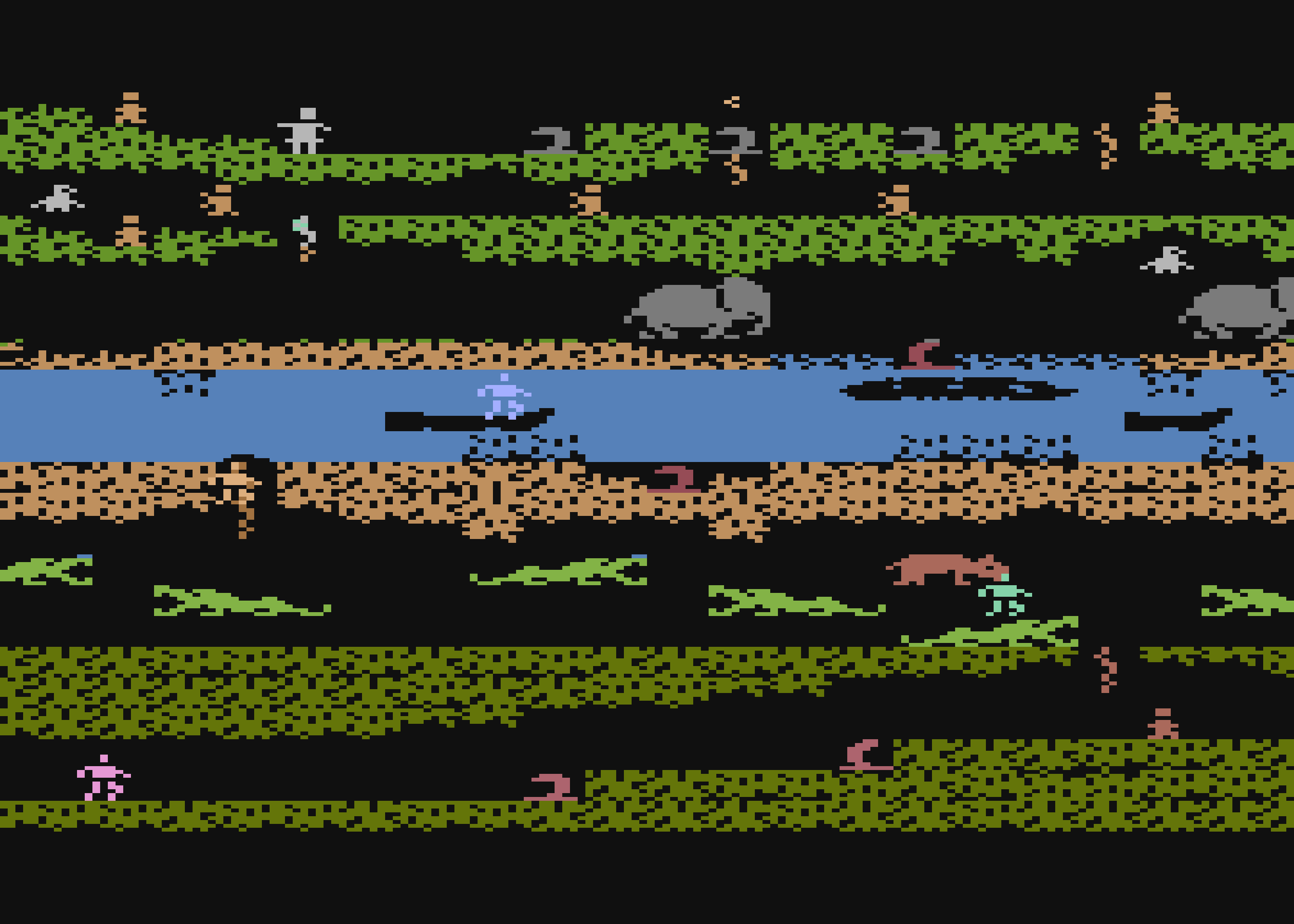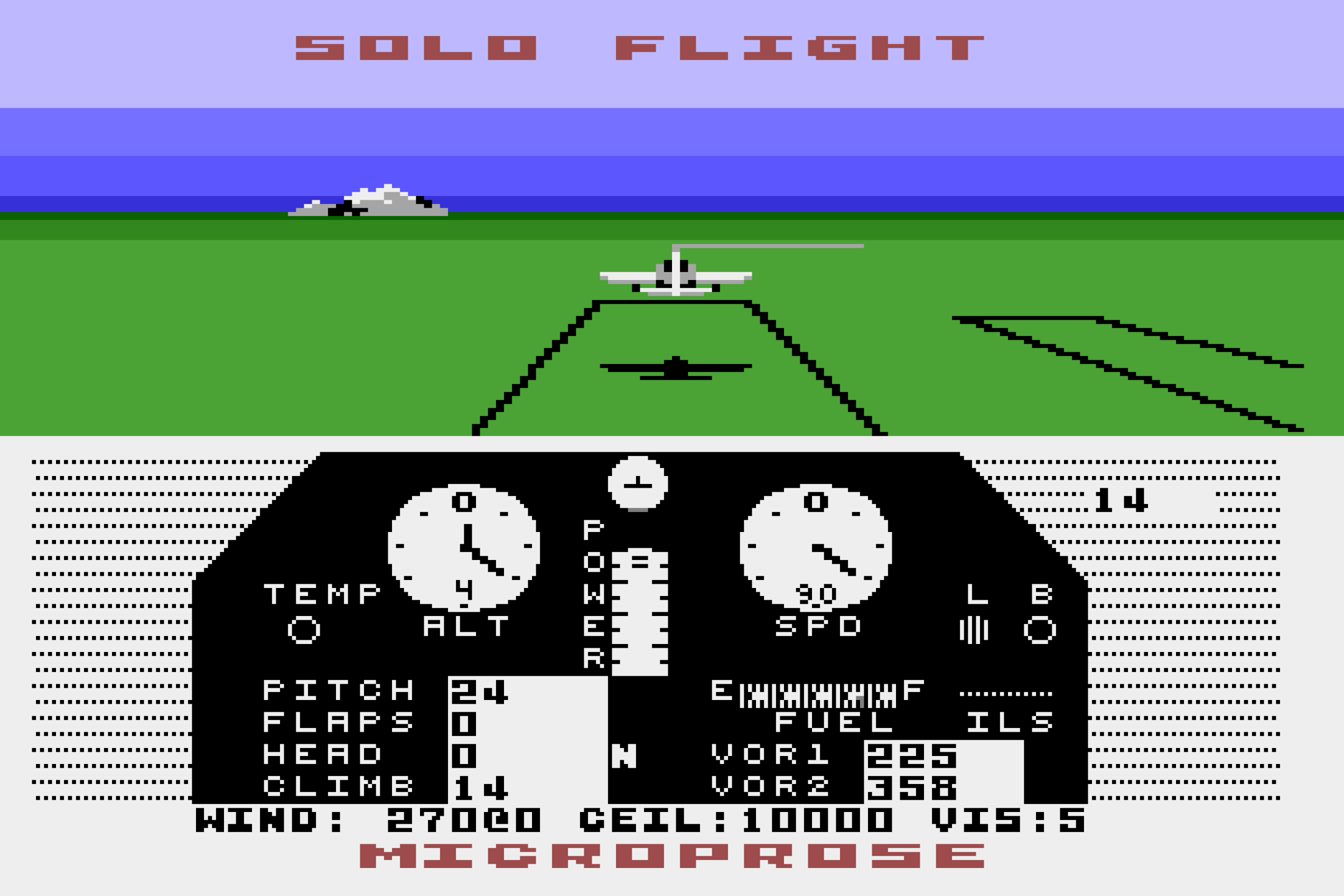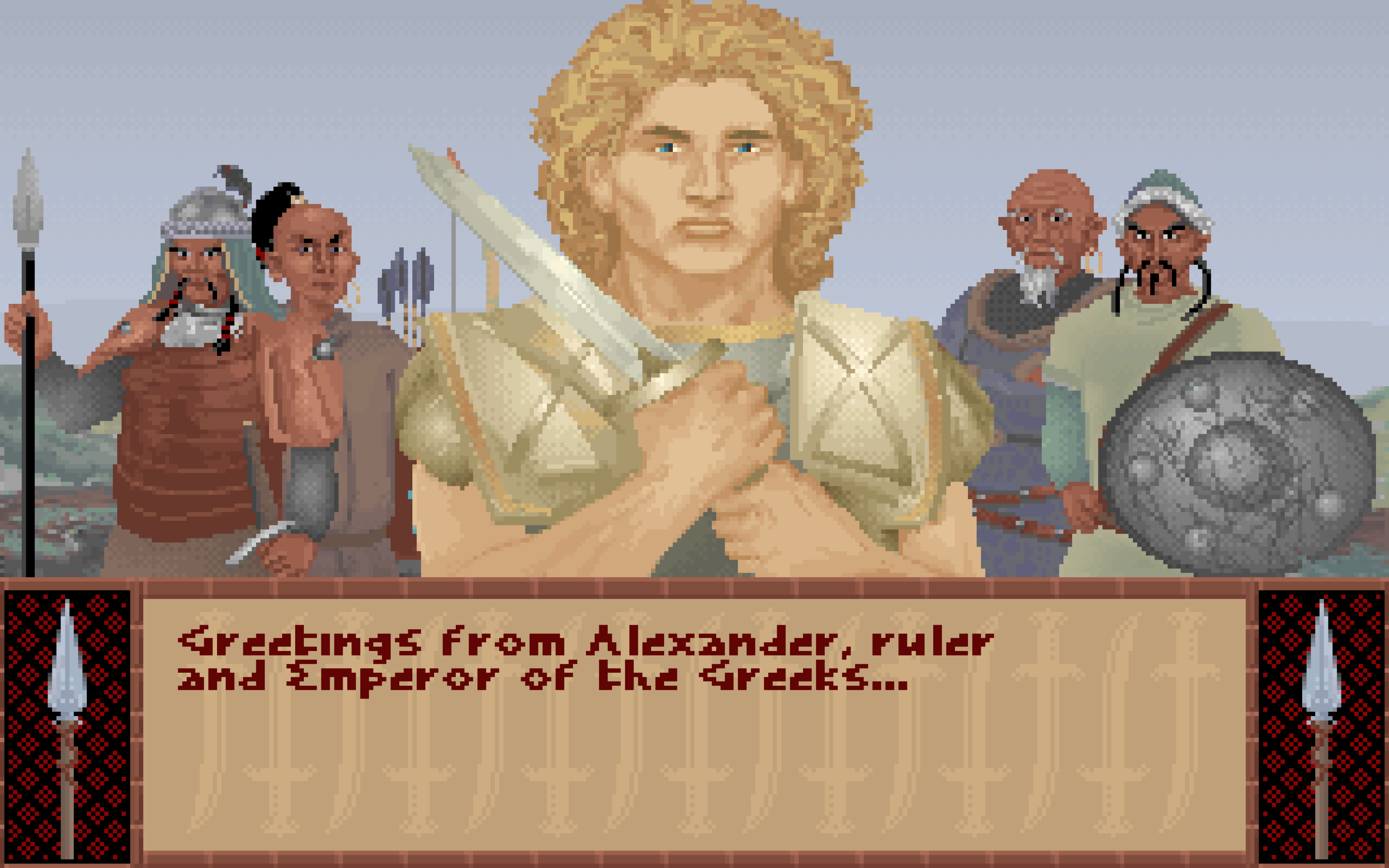Sid Meier's Memoir! Review
The definitive book about one of gaming's biggest icons

Ask any avid gamer who’s been around for a few years to name a specific person associated with game design, and a few of the same names are likely to pop up: Will Wright, John Romero, Josh Sawyer, Ron Gilbert, Todd Howard — to name a few. Another name you are likely to hear is Sid Meier, someone who resonates with such wisdom and guru-like experience among fans that his name alone has literally been used as a marketing tool for over three decades.
Sid Meier, for those unfamiliar with his work, began his game development career in earnest in 1982 with Hellcat Ace, Floyd of the Jungle and Chopper Rescue. It became clear very early in his career that he possessed a unique creative vision and relentless drive. Together with long-time collaborators like Bill Stealey, Brian Reynolds, and Bruce Shelley, MicroProse continually challenged the games industry status quo.

By the late 1980s, though, Sid Meier’s rise took on a meteoric aspect, with Sid Meier’s Pirates! (1987), Sid Meier’s Railroad Tycoon (1990) and, of course, the gaming franchise juggernaut that is Sid Meier’s Civilization (1991). Sid’s career trajectory is something that many game designers can only dream of, and in September 2020, Sid published Sid Meier’s Memoir!
As Sid notes in this book, many of the designers he now mentors were not even born while he was shaking up the games industry with his unique ideas in the 1980s and 90s. Sid Meier is, in every sense of the term, a true elder statesman in the world of game development. This elder statesman isn’t telling repetitive stories either. Sid Meier’s Memoir! is written in a personable and engaging style, as if you were sitting next to Sid while he regaled you with his life story in person.
His humility is evident quite early on, acknowledging the often unreliable nature of the subjective experience. In numerous spots, Sid retells an anecdote from his early days, from his own perspective and then from the perspective of another (often his long-time business partner and friend, Bill Stealey).
In the early days of MicroProse, there are several examples where the grandiose and entertaining recollections of Bill Stealey are juxtaposed with the somewhat more humble and grounded recollections of Sid Meier; this theme continues throughout, and it is quite clear that Sid Meier appreciates all the accolades he has received, but is never remiss to highlight the part that others have played in his success.


From left to right: Solo Flight (MicroProse, 1983); Sid Meier's Railroad Tycoon (MPS Labs, 1990). Source: MobyGames.
The book weaves in and out of a chronological retelling of Sid’s life, with the occasional reference to out-of-sequence events. However, to view this book simply as a life story would do it a disservice. Sid Meier’s Memoir! takes several detours to explore concepts of game design, production, marketing, and personal relationships. Some of these detours offer a glimpse into Sid’s design process, such as his “double it, or cut it in half” design rule:
"Don't waste your time adjusting something by 5 percent, then another 5 percent, then another... just double it, and see if it even had the effect you thought it was going to have at all. If it went too far, now you know you're on the right track."
Other anecdotes contrast the nature of game production and marketing in the early days of the industry with today’s industry.
Sid recalls how Bill Stealey would put on a fake voice and call potential game stockists, pretending to be a customer searching for a copy of the latest MicroProse game. When the stockist didn’t have it, he would angrily hang up. Bill repeated this process over the course of a few weeks before calling as himself and offering the game in question to the hapless retailer. It’s tales like this that truly highlight how far the industry has come. Sid’s first-hand experience and casual, anecdotal style gives each of these moments life that cannot be found on a Wikipedia page.
The book’s handling of sensitive topics, such as the tumultuous days of the late 1990s and the legal battles over the rights to the Civilization franchise, are handled with deft care and diplomacy — perhaps unsurprising from the designer of a series that utilised diplomacy as a core mechanic. This was the era in which they released my personal favourite Sid Meier game, Sid Meier’s Alpha Centauri. Though Brian Reynolds actually took the design lead on this title, Sid had a pivotal role, and it was Civilization that forged the path for the 4X genre in the first place.

Final Thoughts
Sid Meier’s Memoir! is a brilliant book, on par with some of the best game-related writing that I’ve read. Not only is it informative, but it's also written with such fluency and humour that it is impossible to put down. I would recommend it to almost anyone with a passing interest in gaming, design, contemporary history, or business.
Most importantly, though, I would recommend this book to game developers. The games industry that Sid Meier emerged from is almost unrecognisable compared to the modern industry, but Sid’s insights and experience are timeless — a modest auteur that should be an inspiration to future generations of game designers.